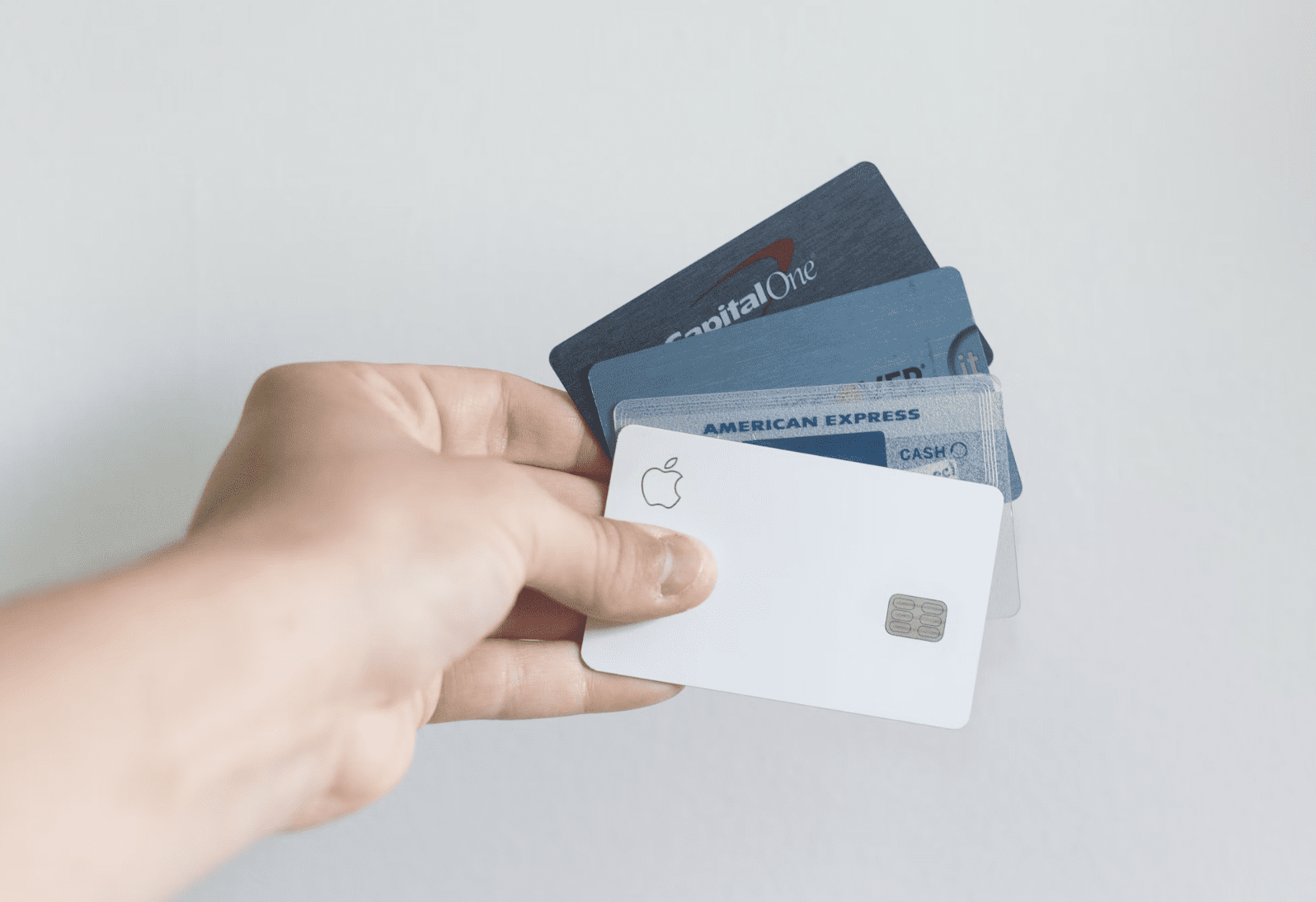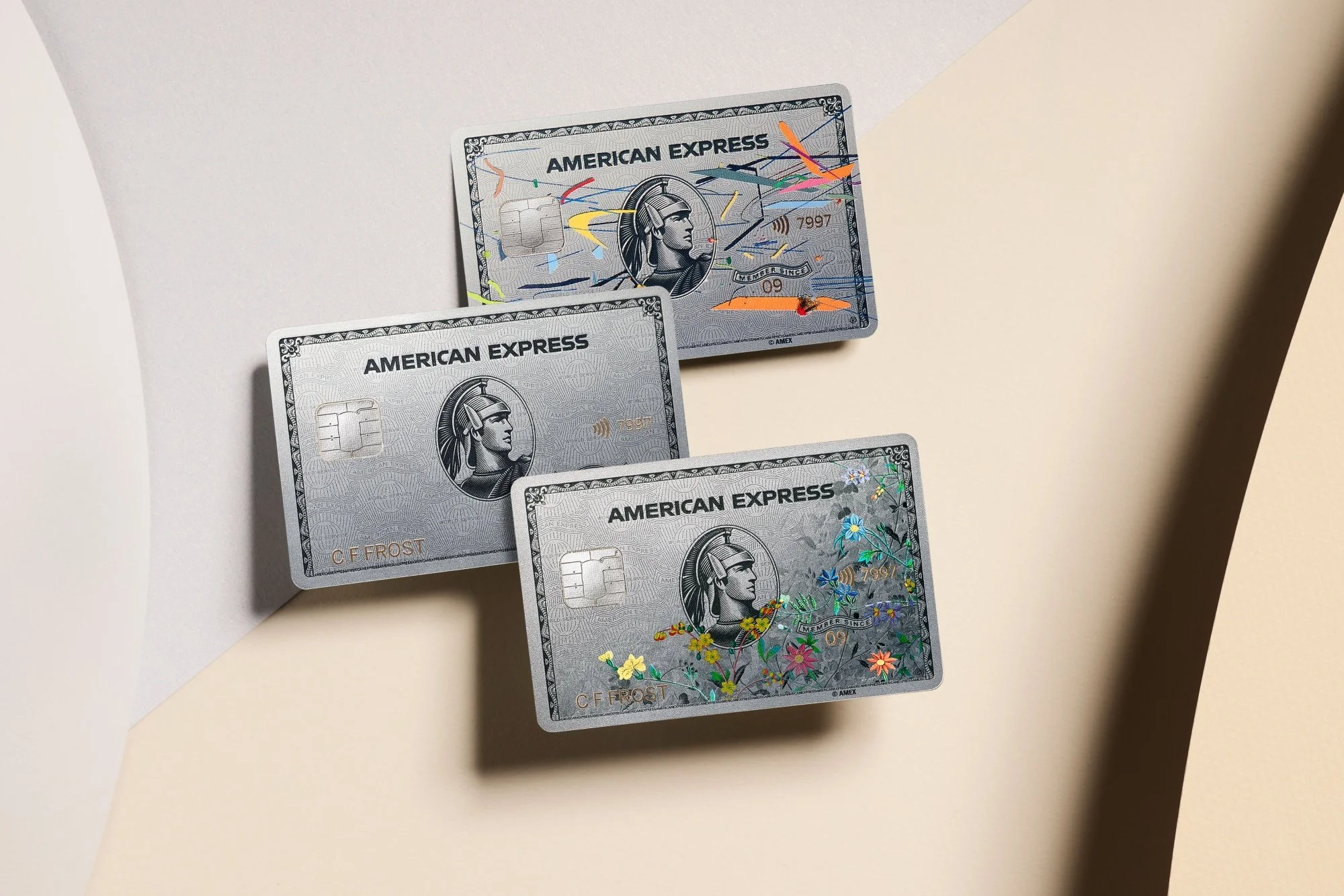The Very Basics of Banking
Savings Vs. Checking
A checking account is designed to be easier to use than a savings account with more account features, and typically not offering interest rates as high as a savings account (though some do). We will get into that later!
A savings account is designed to help people save (thus the “savings part). These accounts do not typically offer debit cards (though some do) & offer higher interest rates than a typical checking account.
While GDF does like the prospect of having both a savings & a checking, it really depends on the needs of the individual account holder. For example, if you are a big spender and struggle to save (we get it), we would advise you open an account like the Marcus by Goldman Sachs Account with a higher interest rate than most traditional bank accounts, incentivizing long term savings. Another great option would be the Discover Savings Account which caps monthly transactions at 5 per month, which might help those looking to save long term by dissuading them from transferring monies from account to account.
Why a High Yield Savings Account Could be a Slay
WARNING: THIS IS NOT FINANCIAL ADVICE - WE ARE NOT RESPONSIBLE FOR ANY FINANCIAL LOSS OR GAIN AS A RESULT OF TAKING OUR ADVICE
An HYSA or High Yield Savings Account is a type of savings account that typically offers more competitive rates than a traditional savings account. Not all banks offer HYSA’s but those that do offer them typically FDIC insure them (meaning that if the bank goes bust your money is safe).
These accounts can offer up to 12 times the interest rate than a traditional account, with rates from 4 to 5% APY. Now, what this means is that every year your balance will accrue 4 to 5% interest on the monthly balance. For example, if you put $5,000 in a HYSA account earning 5% interest, you will earn $250 in a year in interest just for having your money in the account!
Some HYSA’s are linked below:
Discover - https://www.nerdwallet.com/reviews/banking/discover-bank
Bask Bank - https://www.nerdwallet.com/reviews/banking/bask-bank
Marcus by Goldman Sachs - https://www.marcus.com/us/en/savings/high-yield-savings
NOTE: There can be restrictions on the amount of transactions that can take place on the account, for example, you may not be able to make more than 5 transactions a month, or a limited number of transfers, so make sure to read each Banks individual policy.
Debit Vs. Credit Card
Debit cards are typically linked to checking accounts, and offer a way to easily access your monies. While most debit cards do not offer rewards (most credit cards do), there are some that do like the Discover Debit & the SoFi debit.
Credit cards on the other hand, tend to offer better rewards such as discounted travel and cash-back, either at a set amount, or in revolving categories. You typically need to have an existing credit score (though some cards like the Discover Student & Capital One Quicksilver Secured do not require it.)
Tip: The sooner you start building credit the better! Some ways you can create a positive impression to potential lenders (people who could potentially loan you money - i.e a credit card issuer, mortgage loan agent etc.) are below:
Pay your entire balance on time by the due date, not just the minimum payment or the statement balance.
Make sure that you are monitoring your credit score through an approved website such as Experian or CreditKarma to keep an eye on your credit score for changes/modifications.
These sites also have resources regarding what a “good” credit score is.
Try to keep the amount on each card below 10% of your limit
Ex. If your credit limit is $5,000, try and keep your revolving balance (or the amount owed for most of the month) below $500.
Never ever allow your account to accrue interest!



